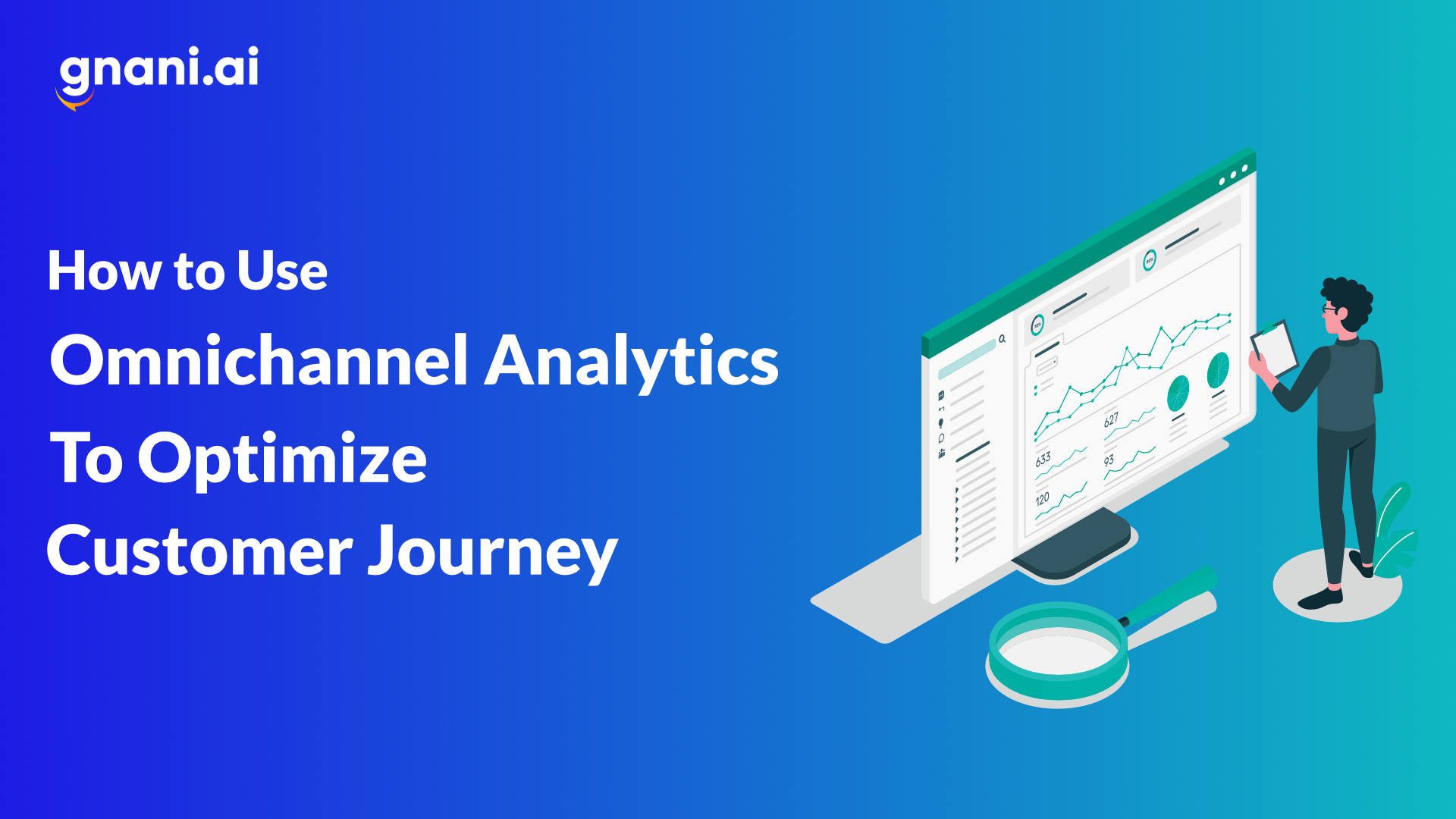Customers want a seamless and engaging experience on every channel be it email, website, social media, telephone, etc. Each channel also offers a wealth of data that can be used to design personalized experiences. Getting a suite of omnichannel analytics to optimize the customer journey improves efficiency and business outcomes.
A smooth customer journey is so crucial that customers have said they will pay 17% more. Customer-first companies are more profitable, especially in highly competitive industries. Omnichannel analytics can provide insights that could reduce the trillions that companies are currently losing due to poor customer experience.
Some of the ways in which omnichannel analytics optimizes the customer journey are as follows:
Improve Customer Engagement
Making customers feel valued is essential for increasing brand loyalty and retention. Omnichannel analytics provides insights for the best points for engagement in the customer journey. The data can also be used to segment engagement efforts into short-term and long-term tactics for more effective targeting.
For instance, many online spectacle sellers add a virtual try-on feature to their platform after customers give feedback about wanting to know how they would look before buying. The feature enhances engagement since people enjoy trying on a variety of frames.
To build more engaging experiences for customers, marketers need to understand their position when making buying decisions. Omnichannel analytics can help track such feedback from multiple channels.
By the same logic, many businesses are now adding Instagram checkout to their retail online storefronts because the platform facilitates direct buying after influencer marketing. Brands can track key metrics across social media engagement and conversions from the social media channel and the main website with omnichannel analytics.
Focusing on the Important Customer Journey
Today, a customer interacts with a brand at least 6 touchpoints whereas, a decade ago it was barely two. That brings more opportunities for conversion but it also means that brands have to blur the boundaries between the physical, and social storefronts.
Using omnichannel analytics helps to track failure points that are costing your business money. Perhaps your brand can use a payment reminder bot to send notifications to customers, or an appointment scheduling bot if the call waiting times are too long according to IVR data.
The customer journey does not end with the sale. Brands should not ignore post-sales support, and customer service departments play an important role here. Omnichannel analytics should be used to share metrics and data from customer support to product and marketing teams to close open loops in the conversion funnel.
Predicting Customer Behavior
The more wealth of data generated about customer behavior, the more possible it becomes to predict. Being able to nudge customers along the journey, cross-selling, and upselling effectively results in favorable outcomes.
When you use omnichannel analytics to track behavioral metrics, it becomes simpler to segment different customer groups. You can target those who are likely to convert such as abandoned carts. Predictive analytics can also be used to determine the right kind of pricing for different customer groups.
Being able to anticipate customer behavior also makes it easier to build strong relationships with them. If customer support or sales assistants, for instance, reveal common questions asked by all consumers, your business can address them pre-emptively.
An example is the effort that goes into building recommendation engines for e-commerce sights. Omnichannel insights help them predict products customers are most likely to choose based on their history.
Deliver Personalized Experiences
Personalized experiences have been crucial to the success of streaming giants like Netflix and Amazon Prime. Netflix also has popular YouTube channels across its regions. The company is famed for its use of analytics and data to improve the user experience and personal catalog.
Your customers may interact with you on multiple channels and show strong preferences for a few. Personalizing experiences also involves sending the right offers and messaging to different segments.
Omnichannel analytics helps to integrate data from diverse sources like CRM tools, contact centers, market reports, employee expertise, etc., and draw rich insights to build personalized user journeys.
Cover all your bases
A crucial pillar of modern customer experience is conversational AI to augment contact center capacity. Contact centers have very high volumes of data to offer but the traditional approach to call monitoring misses out on most of it. aura365TM is an omnichannel analytics tool that covers both non-voice and voice channels to improve customer service.
Most businesses tend to focus more on certain data sources but with aura365™, you get sanitized inputs and KPIs like product performance, service feedback, process improvements, etc. The intuitive insights optimize your team’s performance.





